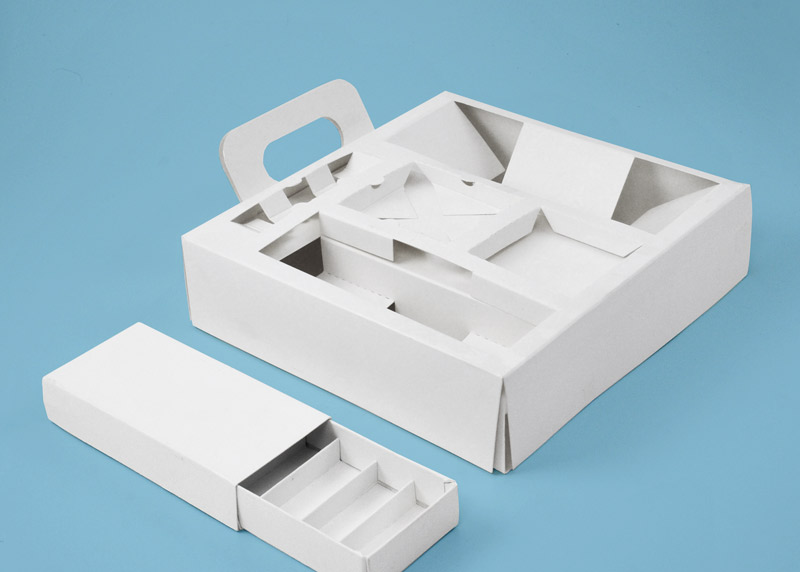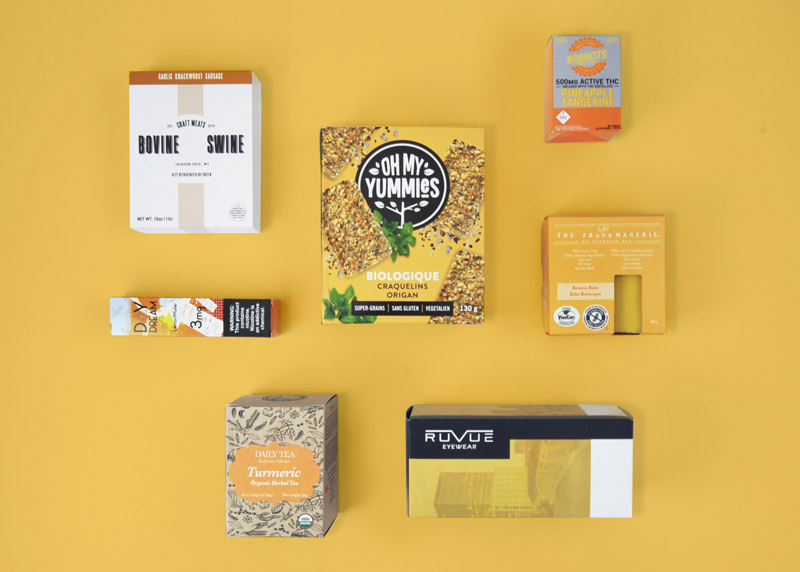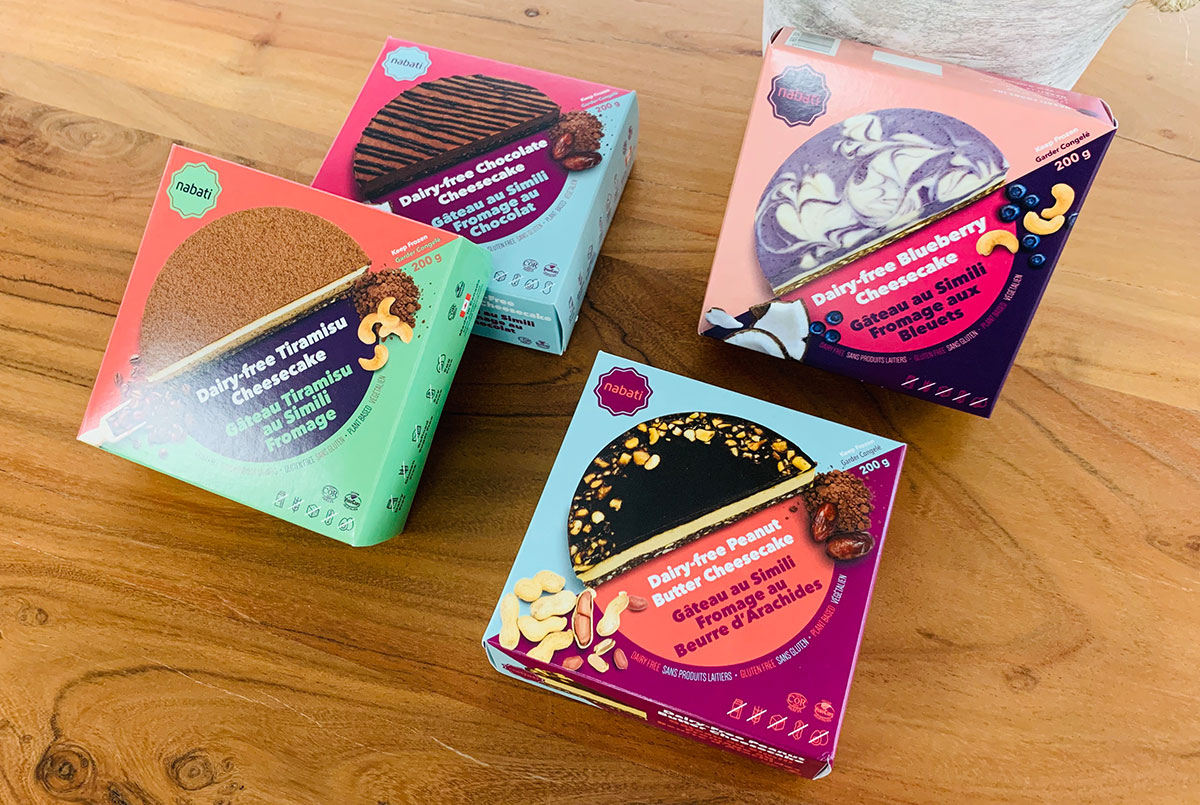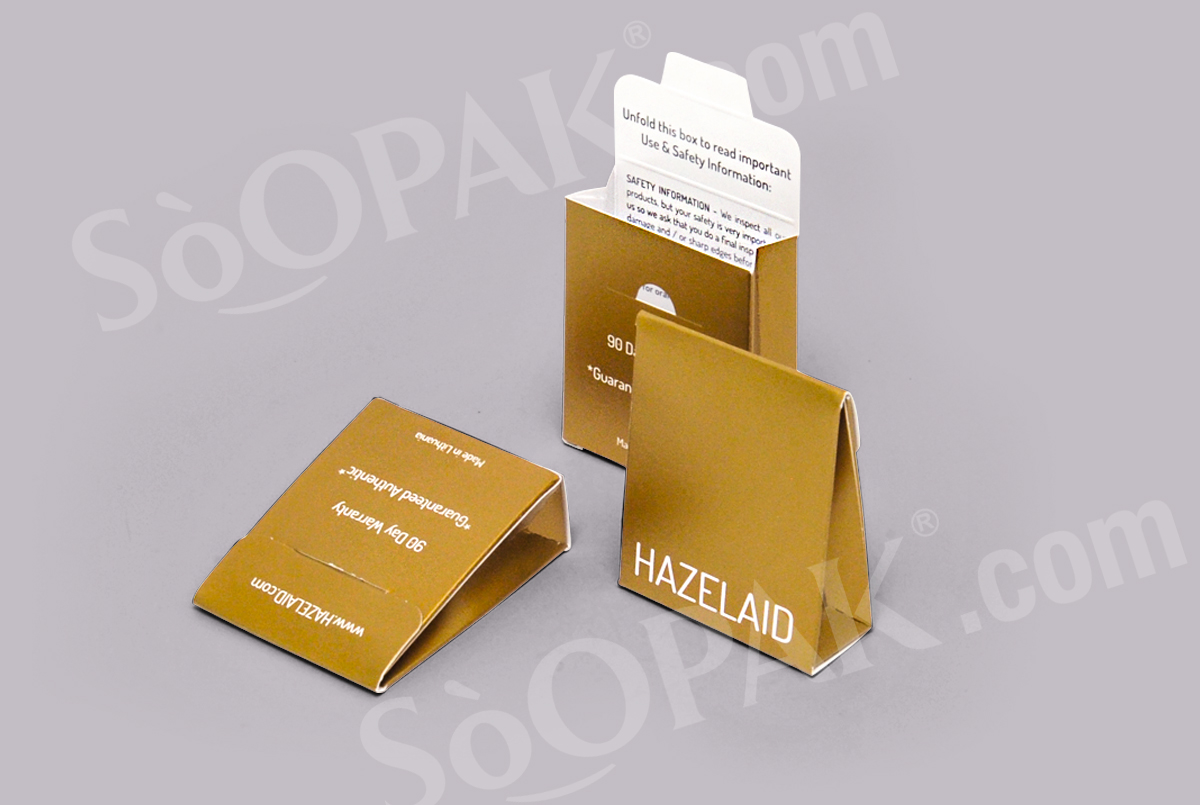Product packaging serves multiple purposes, including spreading your brand message, telling people about your product, and preventing the product from getting damaged during transit. The last of these is very important since a broken or damaged product can become very costly for your company. After all, you will have to pay for a replacement as well as shipping for that replacement. It can also hurt your reputation and cost you future sales. To avoid products getting damaged in transit, consider the following tips.
Use Sturdy Materials
Start off by opting for sturdy materials. Even within the category of just cardboard, there is a vast selection of options, from thin and pliable to thick and sturdy. The stronger the packaging materials, the less likely it is that the product within will get damaged by an exterior force.
Of course, you will have to balance out the sturdiness of materials with other factors, including price and eco-friendliness. Sturdier materials tend to be more extensive upfront and will cost more in terms of shipping because they weigh more. As such, you want to find the material that is just sturdy enough to protect your product without increasing your costs too much.
Including Padding or Plastic Molds
Once you get the right material for the actual packaging, it is time to look at what else goes inside the box with it. If your item is at all breakable, make sure that there is something inside to provide padding or keep the item in place. The only exception would be in the case of a very sturdy product in a custom box that does not have extra space. Depending on your product, you may want to use plastic molds with grooves for the product so it will stay in place. You can also use bubble wrap, padded dividers, packing peanuts, packing paper, or packing foam. Your packaging manufacturer will likely have some other suggestions that serve a similar purpose.
Print Warnings for Special Requirements
When designing your product packaging, be sure to include any necessary warnings regarding special requirements. Examples include a message that the box should not be placed upside down or sidewise, that you should not place something heavy on top of it, or that it must be kept refrigerated. Be sure to print these warnings on both the product packaging itself as well as any larger boxes you use to ship quantities of your product.
If your product has very sensitive requirements, such as medicine that will go bad if exposed to a certain temperature, consider including sensors. You should be able to find something that will track the temperature (or other information) of a box so you can ensure it has not been exposed to conditions that will affect it. Of course, this tends to be most cost-effective when used in larger shipping boxes instead of on individual product packaging.
After you have created packaging that you think is sturdy and protective, go ahead and do a test run. Send your potential packaging with a product through shipping to confirm it does as well as you believe it does. If not, make adjustments and test it again.




